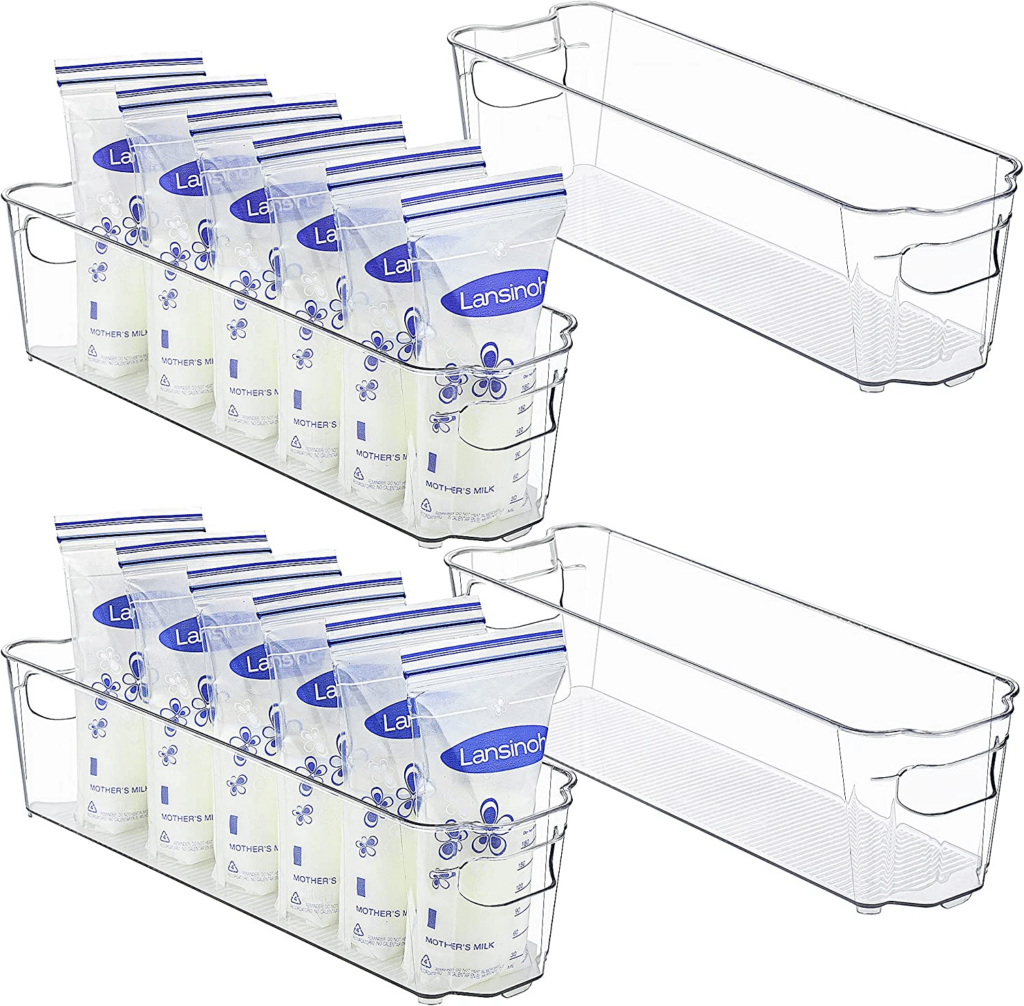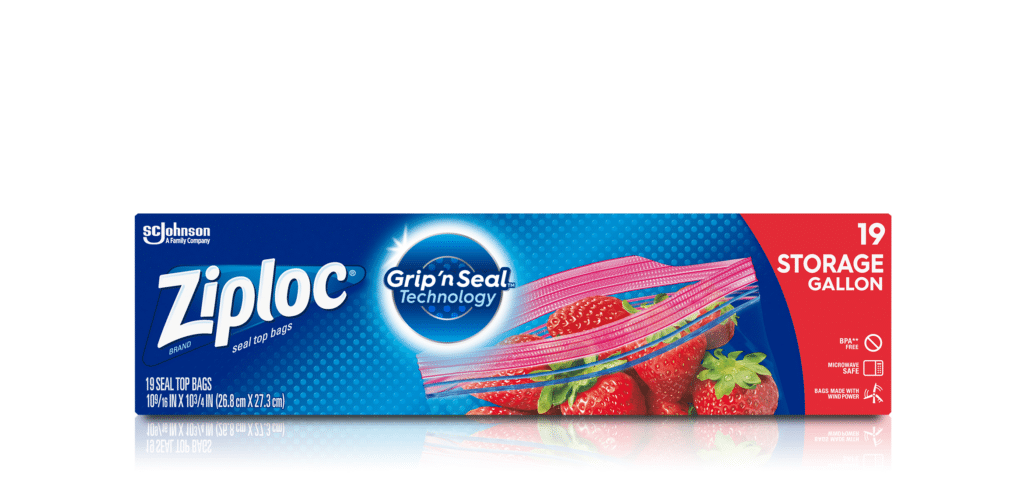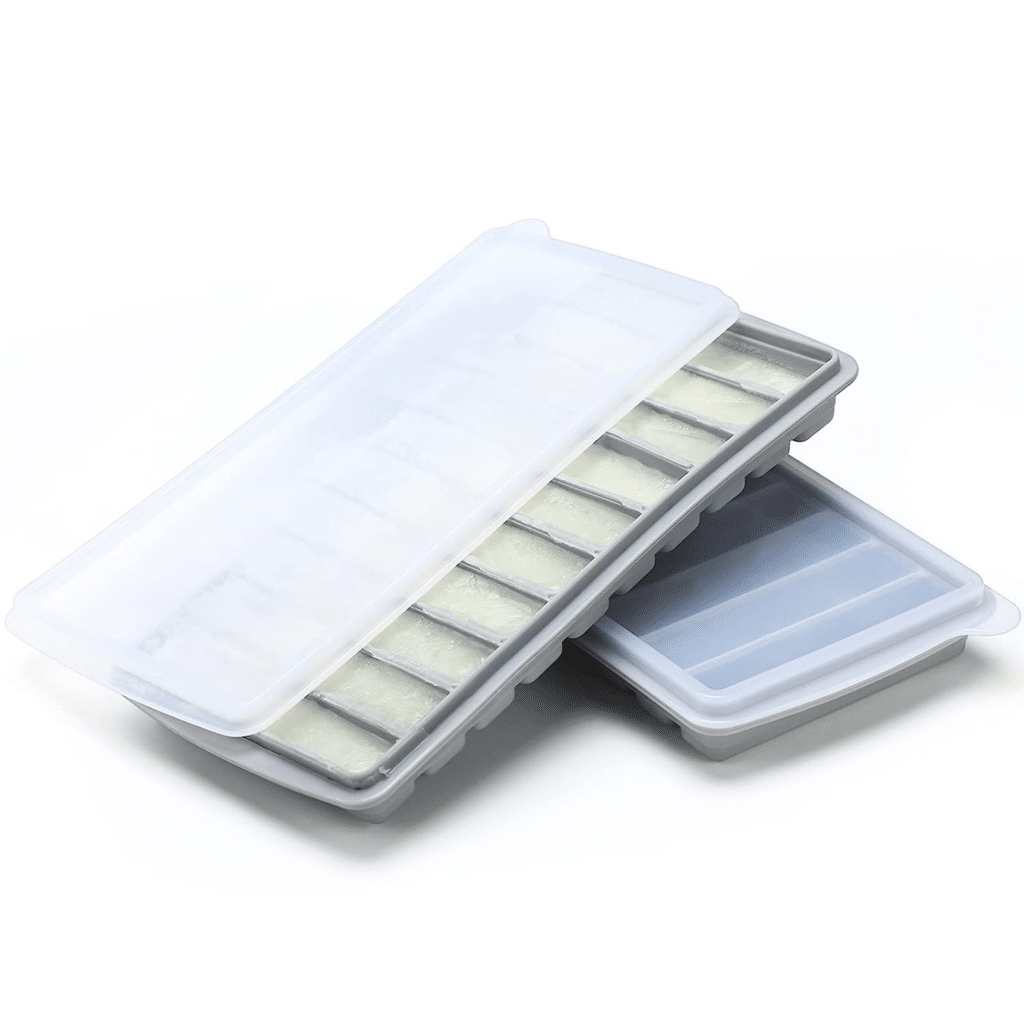Introduction – Why Is It Helpful To Freeze Breast Milk
In this blog post, we have seven breast milk freezer storage ideas that will help you keep your milk frozen. If you are a breast milk donor or recipient, you know that proper breast milk freezer storage is super helpful for maintaining the quality of the milk. If you don’t have a lot of space in your freezer, don’t worry.

The need to store breast milk in a freezer is three-fold.
First, it time-shifts a mother’s production of milk and enables feeding at a different time for the baby.
Second, it extends the usable life of breast milk.
Third, it protects the quality. Breast milk stored in a freezer can last up to six months. Whereas breast milk stored in a fridge can only last for four days.
This is because the freezer provides a colder, more consistent temperature that helps to prevent the growth of bacteria. In addition, freezing breast milk allows you to save excess milk for later use.
For example, if you pump more milk than your baby needs in one sitting, you can store the excess in the freezer for later. This way, you never have to waste precious breast milk. Finally, freezing breast milk can also help to preserve its nutrient content.
Here Are 7 Breast Milk Freezer Storage Ideas
Whether you are going back to work or just want to have a stock of breast milk in the freezer. Here are some tips or breast milk freezer storage ideas to ensure that your milk is properly stored.
1. Plastic Bins Are A Good Option (zero waste)
Our first idea is a plastic bin to hold your breast milk containers. Plastic bins are durable and reusable multiple times. They come in a variety of sizes and can be stacked on top of each other.
This saves space in the freezer. You can also write on the lid of the bin with a permanent marker to label the contents and date. Check out our article on sterilizers for food jars too.
When defrosting breast milk, place the bin in the refrigerator overnight to thaw slowly. This will help preserve the nutrients in the milk.
You can also use plastic bins for short-term storage in the fridge for newly expressed milk that will be used within a day or two. Be sure to label the bin with the date so you know when to use it. If you are not going to use it within that time frame, freeze it.
Product recommendation: Vtopmart Breastmilk Storage Container

Vtopmart is a set of 4 clear, plastic storage bins, made from durable and BPA-free polyethylene material, ensuring shatterproof and lightweight design. Each bin measures 14.5’’ L x 4.3” W x 3.8” H, fits most breast milk bags, compact enough to fit in the freezer.
Organize breast milk by date and also store other baby items. Built-in handles make the bins easy to carry and access, and their transparency enables users to quickly see the contents. Cleaning should be done by hand with mild soap and warm water, as these bins are not dishwasher safe.
2. To Freeze, Lay Them Flat
When freezing breast milk, always lay the bags flat. This will help them to freeze quickly and evenly, which will help to preserve the quality of the milk.
Once frozen, breast milk can be stored in the freezer for up to six months. However, it is best to use it within four months for optimal nutrition and flavor.
When thawing frozen breast milk, always place the bag in a bowl of warm water. Never microwave breast milk, as this can destroy important nutrients. Once thawed, breast milk can be refrigerated for up to 24 hours. It is important to remember that thawed breast milk should never be refrozen.
3. Label Storage Container By Date
The thinking is that the milk should be stored for a maximum of 6 months but best if consumed within 2 weeks. Therefore, we recommend that you use an eraseable marker to note the date of production.
The reason for the time limit is not for safety reasons, but more rather that we’re not sure what nutritional components are preserved or broken down over that time. The less the elapsed time the better, hence the 2 week recommendation.
4. Organize Using Large Ziploc Bags (zero waste if you reuse the bags)

An efficient way to organize stored breast milk is by using large Ziploc bags or bins. First store the expressed milk in specially designed, sterilized breast milk storage bags, which are not only safe but also have measurement markings and double seals to prevent leaks.
Once frozen flat, these bags can be neatly arranged in larger Ziploc bags or storage bins according to the date.
This method provides a clear view of the quantity of milk you have and the dates it was expressed, ensuring you always use the oldest milk first.
It’s also easy to just grab a bag of milk from the freezer when you need it. While purchasing large Ziploc bags may add to the overall cost, the convenience and organization it brings can be worth the extra expense.
5. Use Silicone Breast Milk Trays To Store Milk (zero waste)
If you have an abundance of breast milk that needs storing, a practical idea is to pour it into silicone breast milk freezing trays. This strategy is effective as it permits you to conveniently measure out small quantities of milk as required.
Once frozen, these breast milk cubes can be transferred to freezer-safe bags for long-term storage.
This storage method is especially advantageous for mothers who are frequently expressing milk and require a quick and straightforward storage solution.
Silicone trays, such as the “Milkies Milk Tray”, are specifically designed for freezing breast milk, with some distinct advantages over traditional ice cube trays:
- Sterility: These trays are easier to clean and sterilize, reducing the risk of bacterial contamination.
- Freezer exposure: Equipped with a protective lid, the trays prevent the milk from absorbing any odors from the freezer or being exposed to other contaminants.
- Handling: Made from flexible silicone, it’s simpler to pop the frozen milk cubes out without the risk of partially thawing them.
Example of a silicone breast milk tray from Amazon, with image below:

6. Store Milk According To Best-By Date
By-date storing milk is a great idea for breast milk freezer storage as it helps to easily keep track of how old the milk is. It is active, easy, and long to do. Plus, it is an effective method of freezing and thawing milk while ensuring its freshness and nutritional integrity.
You can use a specific marker to write the date on the outside of the container or label. This will help you remember when you stored the milk, and will also give you an idea of how long it will be good for.
If you are using a glass bottle, be sure to wrap it in freezer-safe paper or place it in a freezer bag before putting it in the freezer. This will help to protect it from breakage.
7. After 3 Months, Put The Milk In A Deep Freezer
It doesn’t matter if you pump your breast milk 3 times a day or 3 times a week for your fridge store; in just three months, you’ll have a significant amount of milk in your collection.
If you wish to store a large quantity of breast milk in the freezer for later use, you should consider purchasing a deep freezer and transferring milk from the previous three months into it before it spoils.
Summary
Zero-Waste Storage
Recognizing the growing movement toward sustainable living, we included innovative zero-waste storage solutions. These eco-friendly options will be specifically labeled throughout the article. Our comprehensive guide aims to provide you with the information you need to preserve the quality of breast milk while minimizing waste.
Freeze-Thaw Effect On Breast Milk
There have been studies of the freeze and thaw process on breast milk.
One of these studies by scientists at the University of California at Davis and Oregon State University showed that the transferred immunity, i.e. the passive immunity that mothers pass onto newborns, in the form of “immunoglobulin” proteins are preserved after freeze thaw.
This is very encouraging because having these break down in the milk presumably is not as useful as having them stay in the milk. Immunoglobulins play a role of killing bacteria with the help of the active immune system.
Other studies have shown that some nutrients, such as vitamins A and E, are lost when breast milk is stored at room temperature.
However, these same studies have shown that freezing breast milk help minimize these losses. Therefore, if you are looking to extend the shelf life of your breast milk and preserve its nutrient content, storing it in a freezer is the best option.
There are many options for storing breast milk, but the best way to store breastmilk depends on the amount of milk you have and how often you pump. For short-term storage, milk can be kept at room temperature or in the fridge. But if you need to store milk for longer periods, freezing is the best option.
Milk can be stored in the freezer for up to six months. But it’s best to use it within three months for optimal nutrition and quality. It is possible to keep thawed milk in the refrigerator for up to 24 hours. For this reason, it’s important to plan when you need to use frozen milk. With proper storage, you can feel confident that your breast milk will be fresh and nutritious food for your baby.
